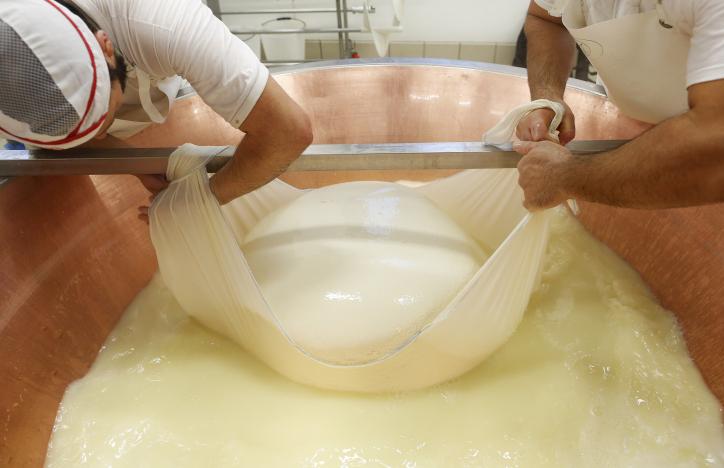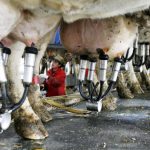
Milk sales were down 2.2% over the first 10 months of 2018. As for exports, during the first 10 months, the U.S. exported 16.3% of milk solids, most of which occurred before the tariffs. Experts say there were 30,000 few cows on average during August through October. Looking ahead, the 2019 average all milk price prediction stands at $16.20 per cwt., the lowest price since 2009.
When cheese prices drop, so do Class III milk prices. Currently, the U.S. is sitting on a 1.4 billion lb. mountain of cheese. This large inventory is mostly due to the consumer’s appetite shifting away from processed cheeses and towards more natural cheese varieties.
“What has changed, and changed fairly noticeably and fairly recently, is people are turning away from processed cheese,” Andrew Novakovic, a professor of agricultural economics at Cornell University recently told National Public Radio. “It’s also the case that we’re seeing increased sales of kind of more exotic, specialty, European-style cheeses. Some of those are made in the U.S, a lot of them aren’t.”
Due to the decrease in cheese consumption, stock piles are growing at a faster rate.
“It’s the accumulation of past imbalances,” says Nate Donnay, director of dairy market insight with INTL FCStone. “It isn’t so much that the large inventory itself has pushed down prices, the inventory is the result of production exceeding consumption during past months.”
There’s a mountain of cheese sitting in inventory across the country. And until demand picks up here in the U.S. and globally, it’s not going anywhere fast.

























